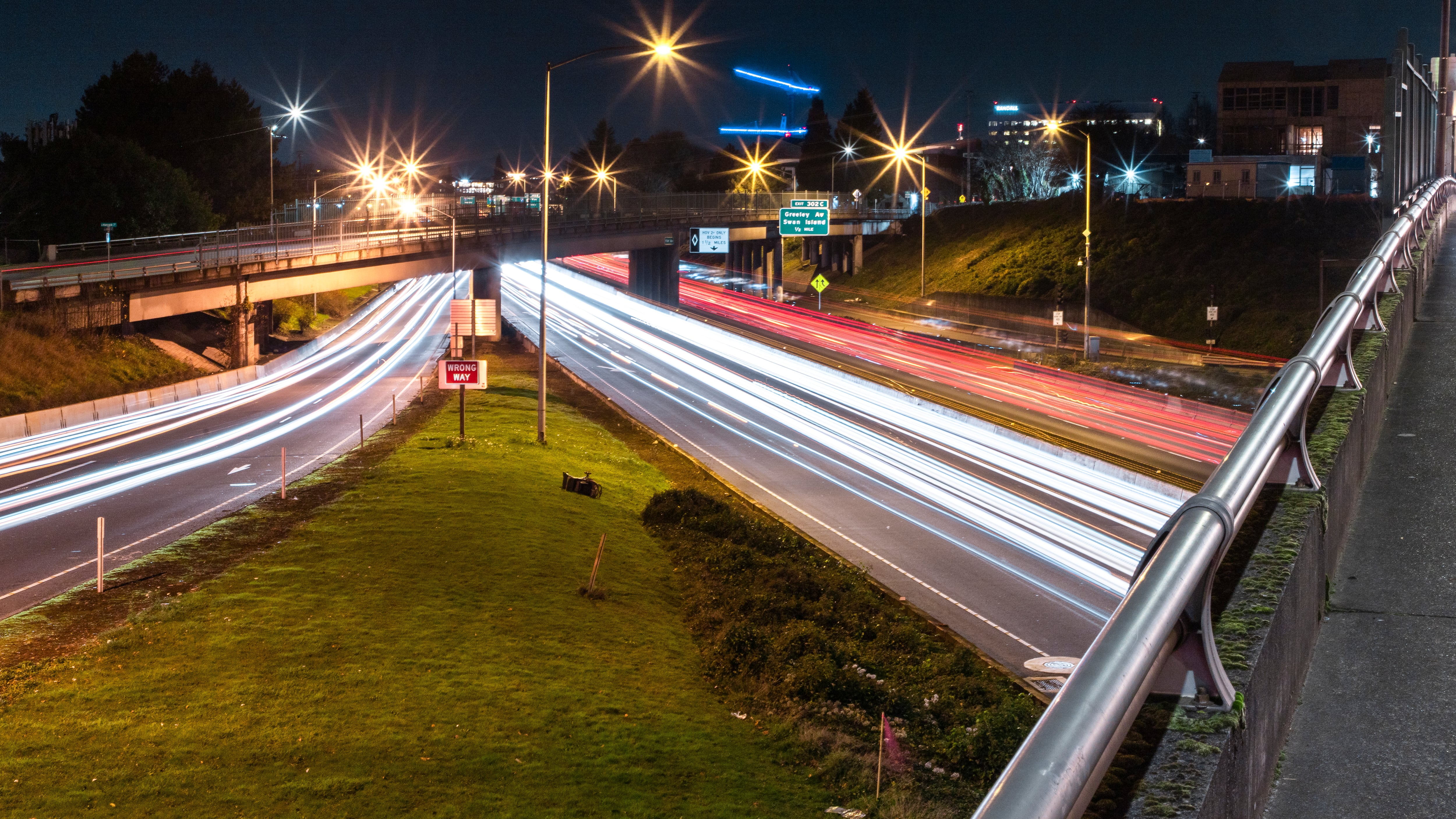Local elected officials—Metro President Lynn Peterson, Portland City Commissioner Jo Ann Hardesty and Multnomah County Commissioner Jessica Vega Pederson—have formally signed on to support expanding Interstate 5 at the Rose Quarter and building a 4-acre cap over the highway.
The three politicians signed an intergovernmental agreement, dated Jan. 31, with Oregon Gov. Kate Brown. In August, Brown had publicly supported the plan to create an extended cap over I-5 with the idea of building back the Albina neighborhood, split apart by the highway’s construction in the 1960s.
The project—which includes creating what’s effectively a tunnel—is estimated to cost upwards of $1.18 billion.
Called Hybrid Option 3, the highway cover would run from Northeast Weidler Street north to between Hancock and Tillamook streets. Instead of covering the highway in two separate chunks, the longer cap would reconnect a larger swath of the Rose Quarter.
In the agreement, the elected officials say they “recognize that the original construction of I-5 effectively severed the Lower Albina neighborhood; displaced Albina residents, who were primarily Black families; and contributed to generational hardships; and Hybrid Option 3…would be an opportunity to partially repair such past damage and such repair is a strongly desired outcome amongst the parties.”
The formal agreement is technically nonbinding. The Oregon Transportation Commission, which endorsed this design option in September, is not bound by the agreement. And the federal government directed the Oregon Department of Transportation last month to begin an environmental review again, and still has the authority to approve or reject the project.
But even with those limitations, the sign-on by local officials is important, in part because the estimated cost of the project grew from $450 million, when it was first funded by the Oregon Legislature, to more than double that now. (The cap accounts for the majority of the added cost, but some form of capping has always been part of the proposal.) Officials still need to find half a billion dollars in funding.
“The governor’s goals for the I-5 Rose Quarter project are to revitalize, repair and restore the Albina community, while creating a national model for restorative justice, sustainable transportation, and good job creation,” says Liz Merah, a Brown spokeswoman. “Hybrid Option 3 represents the compromise we have all been looking for. The design addresses safety, congestion and environmental concerns, while at the same time providing street connectivity, better walkability, bicycle connectivity, and a canvas for development opportunities—along a timeline that can leave existing contract opportunities in place.”
Among the details mentioned in the IGA: The central median of the project has been narrowed, from 12 feet to as narrow as 4, though Metro officials say the center lane may be 4 to 8 feet to accommodate the support structures for the cap.
That’s important because critics of the project, who oppose adding more capacity for cars, have warned that a wide central lane could be restriped to add additional traffic lanes.
Related: ODOT Proposes Dedicated Bus Lanes on I-5 in the Rose Quarter. But Who Asked for Them?
Metro’s Peterson, who had pushed for that change, celebrated the agreement.
”This is a big step forward in using the Rose Quarter project to restore the Albina community and undo some of the damage done by the construction of Interstate 5 a half-century ago,” Peterson says. “By narrowing the center median, we can cut costs, improve safety and overall reduce the footprint of this project while still achieving the goals set out by the Legislature. I appreciate that our state partners are listening to Oregonians in this corridor and ensuring that this is a project that reflects the balance between keeping our economy moving and protecting people who live around the freeway.”
But the eventual width of the expanded highway remains a mystery. The IGA does not mention a width, and ODOT officials did not on Feb. 10 have a total width—but did say that no other lanes of the project had been redrawn. (In other words, they say shrinking the center median is a real reduction in the size of the project, not just moving pavement around.)
“As part of the proposed Hybrid 3 highway cover design concept, the inside/median shoulder width under the highway cover has been narrowed from 12 feet to 4 to 5 feet,” says ODOT’s Tia Williams. “This design change is being integrated into the refined project design plans, as part of the updated evaluation of the proposed Hybrid 3 concept. The outside shoulders and travel lane widths remain at 12 feet.”
The highway cover is expected to be wider than under previous designs, however, because an exit ramp is included under the highway cover in this design.
“The highway cover span is therefore longer over I-5 with the proposed Hybrid 3 design than it was in the baseline project design,” Williams adds.
Critics of the project say they will continue to push for a more extensive review of the environmental impacts of the project.
“No More Freeways appreciates the commitment that this agreement demonstrates toward the Hybrid 3 approach, but finds it odd that it explicitly is not binding on the Oregon Transportation Commission which governs ODOT, the project owner,” says No More Freeways’ Chris Smith. “This does nothing to resolve our demand (and lawsuit) for a full environmental analysis of the project through an Environmental Impact Statement. The agreement also skirts an issue core to the impact of the project, the overall width of the proposed freeway.”

